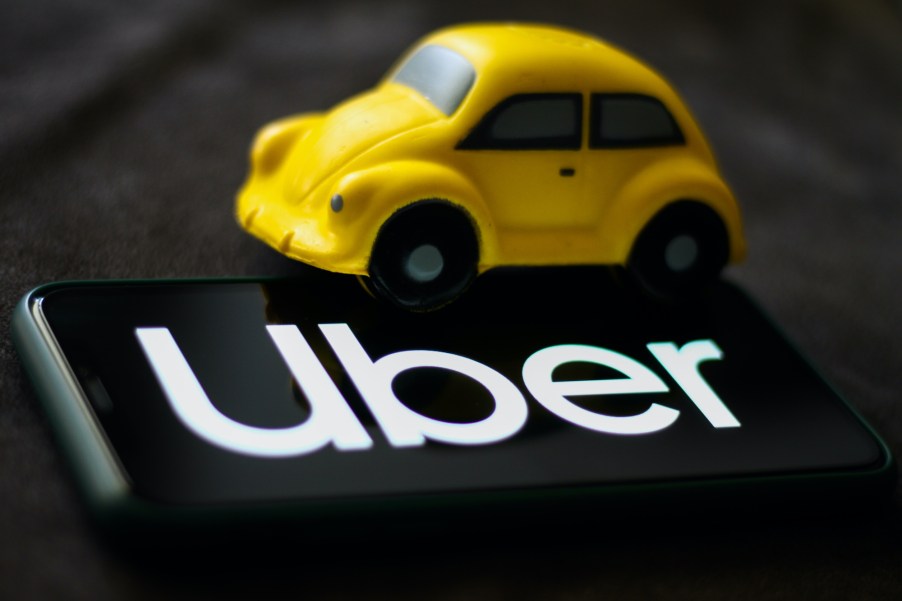
Uber and Lyft Rides are More Expensive Due to Driver Shortage
If you have recently used a rideshare service like Uber or Lyft, then you may have noticed that the fares are much higher nowadays. In fact, these fares are actually inching up as the months go on. Some might think it’s due to inflation, or perhaps the ongoing pandemic. But in reality, it’s mainly due to a driver shortage.
It’s an issue of supply and demand

Prices for any type of good or service are based on supply and demand and rideshare services are no different. According to Mashable, U.S. rideshare fares were 50 percent higher in July 2021 as compared to where they were in January 2020, before the pandemic hit. Additionally, an analysis by the Wall Street Journal confirms that the fares have been increasing every month since the start of this year and that passenger costs were up 40 percent in April.
However, both Uber and Lyft have reported that their driver counts increased by around 30 percent in July compared to June, but it’s not enough to meet the demand. Many drivers have not returned to work as ride-share operators, but the demand for them has increased, so fares will continue to rise.
Uber and Lyft drivers are turning to food delivery instead

One question that might be in the air is: Where have all the drivers gone? Well, they’re not just sitting in quarantine. Instead, many of them are heading over to popular food delivery platforms like Uber Eats and Door Dash. Mashable notes that although people are now going out to dinner and buying food themselves, these food delivery platforms are still doing well.
If anything, it could be a residual habit of people ordering delivery as opposed to going out during the pandemic. Dara Khosrowshahi, the CEO of Uber, mentioned in the company’s July earning’s call that the majority of Uber drivers have not returned to the job due to “safety concerns,” especially as the Covid-19 delta variant is spreading throughout the U.S.
Vaccinations could aid in rideshare drivers returning

Khosrowshahi also noted in the call that as vaccination rates are going up around the country, some Uber drivers are getting back to work. That’s good news considering many of the U.S.’ major cities are seeing pre-pandemic levels of passenger ride-hailing, but it’s still not enough to meet the demand. As such, the fares for rides will likely continue to rise.
Uber says that they won’t require drivers to get the vaccination in order to give rides, but both the driver and passenger will need to have masks on. It’s a fair trade considering public health and safety are still primary concerns across the nation.
If you’re still in need of a ride and have to use a rideshare app, then don’t be surprised if you have to pay a pretty penny to get to your destination for the time being. It might cost a little more than usual, but at least it beats walking or perhaps being exposed to a larger crowd of people like if you were to take public transportation.



